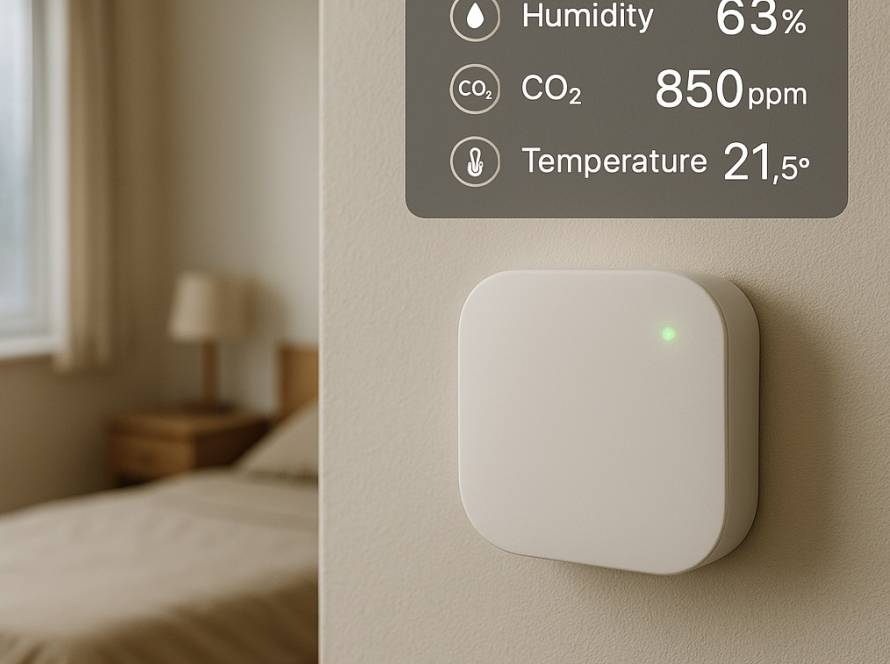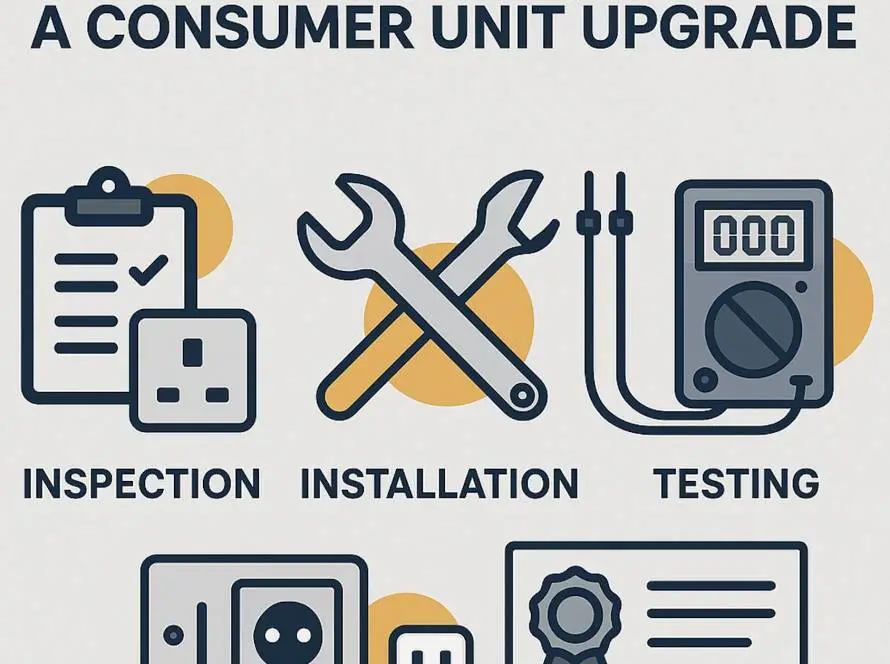An “unsatisfactory” EICR doesn’t mean your property has failed — it simply means improvements are recommended. This post explains what C1, C2, C3, and FI codes mean, what you’re responsible for, and how Anova supports you with clear quotes and fast remedial work to get your property back to compliance.
Introduction
Receiving an “unsatisfactory” Electrical Installation Condition Report (EICR) can be intimidating — especially if you’re handed a list of unfamiliar codes and a quote for remedial work you weren’t expecting.
But here’s the truth: an EICR isn’t a pass/fail test. It’s a professional assessment designed to help you make informed decisions about the safety of your property. And you’re not alone — Anova is here to guide you every step of the way.
This post will break down what those codes mean, what’s urgent (and what isn’t), how to plan your next steps, and how we make the process transparent and manageable.
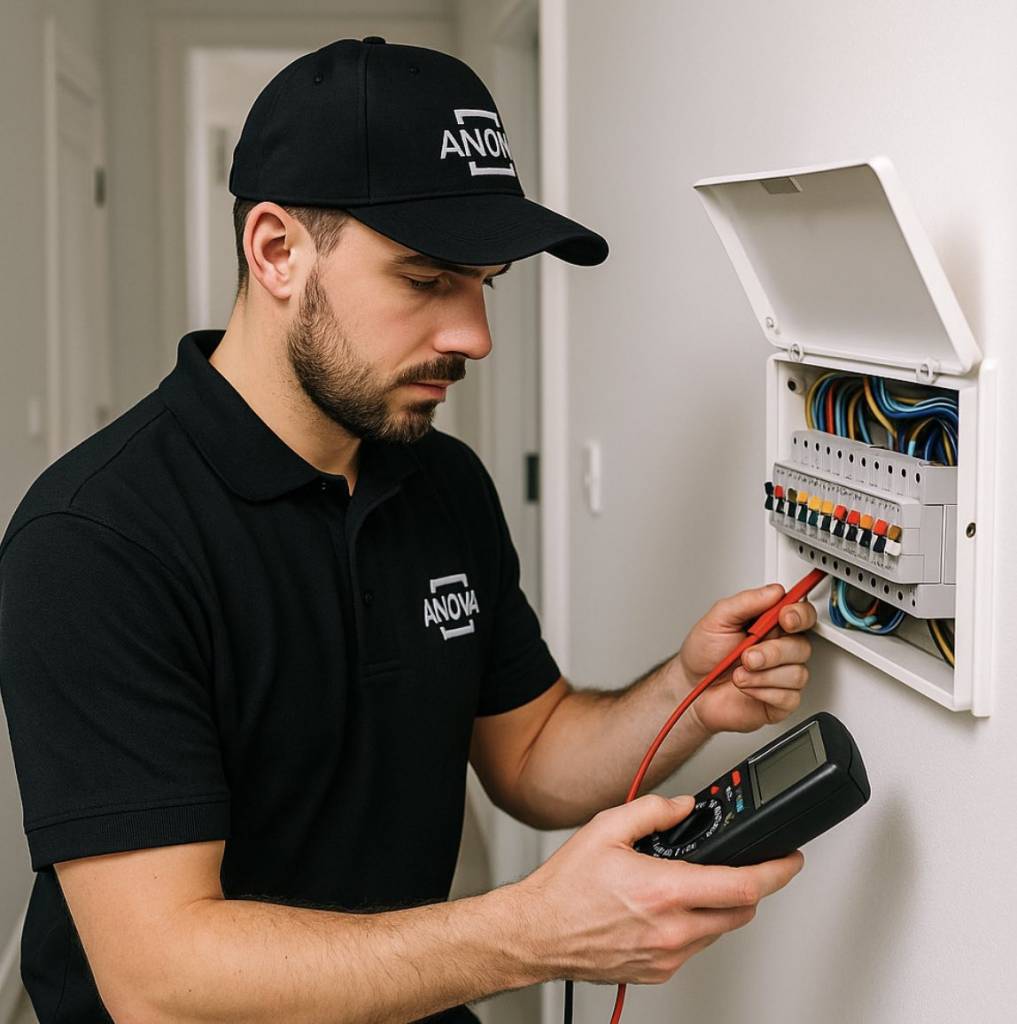
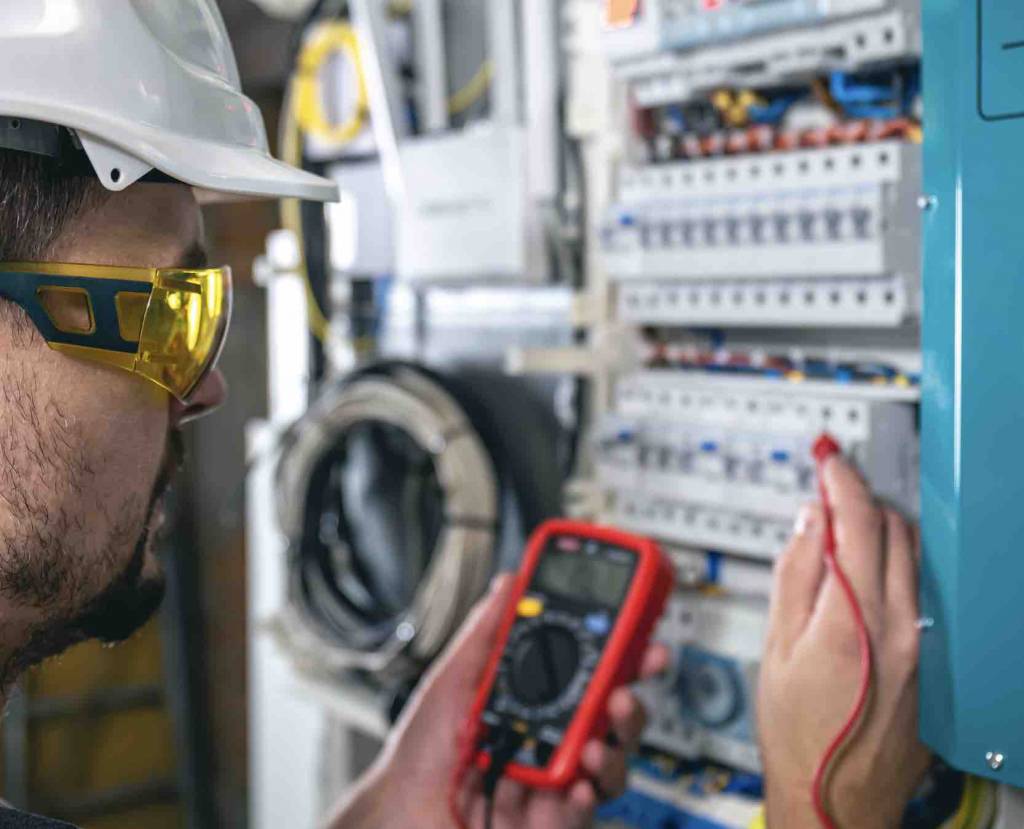
There’s No “Pass or Fail” — Just Compliance
It’s a common misconception that an EICR is something your property either passes or fails. In reality, the outcome is either:
- Satisfactory – the installation is safe for continued use
- Unsatisfactory – action is recommended to meet compliance standards
The decision is based on observations made by a qualified electrician. These are categorised using specific codes to indicate the severity and urgency of any issues found.
Understanding the Codes: C1, C2, C3, and FI
⚠️ C1 – Danger Present
There is an immediate risk of electric shock or fire.
Example: Exposed live conductors
Action: Urgent. This should be made safe before the electrician leaves site.
🔧 At Anova, if we discover a C1 issue, we’ll always notify you on site and seek approval to make it safe before we leave.
⚠️ C2 – Potentially Dangerous
There is no immediate danger, but the issue could become hazardous over time.
- Action: Should be addressed as soon as possible.
- Example: Incorrect earthing or lack of RCD protection in wet areas.
🛑 Although not urgent like a C1, a C2 still makes the report unsatisfactory and puts your property out of compliance
⚠️ C3 – Improvement Recommended
These do not make the report unsatisfactory but highlight opportunities to enhance safety.
- Action: Optional, but strongly advised.
- Example: Minor deviations from current standards, such as missing warning labels.
💡 C3s don’t stop you from being compliant, but resolving them helps futureproof your property and may reduce future testing costs.
⚠️ FI – Further Investigation Required
The electrician found something that requires deeper investigation to determine if it is safe.
- Action: Must be followed up before the report can be considered valid.
- Example: Circuits not properly labelled or tested due to access issues.
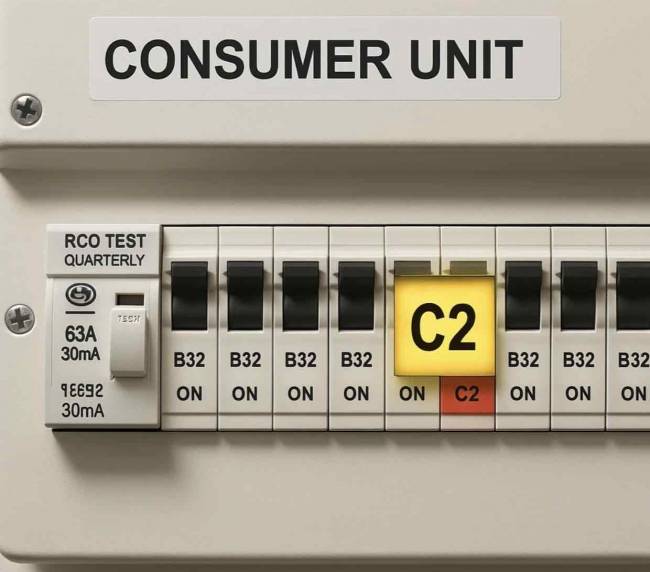
What Happens After You Receive an Unsatisfactory Report?
Once you’ve reviewed your report, you’ll typically need to:
Obtain confirmation in writing that the issues have been resolved (usually via a Minor Works Certificate or updated EICR).
Decide which issues to address — C1s and C2s will require action for compliance.
Instruct a contractor to carry out the remedial work.
⏱️ There is no fixed legal timeframe for remedial works — but enforcement authorities can act if issues are left unresolved, especially C1 or C2 observations.
Who is Responsible for What?
As the property owner, you are the duty holder responsible for ensuring the installation is safe. That includes:
Keeping records of completed remedial work
Acting on the report’s findings
Choosing a qualified contractor to carry out repairs. At Anova, we can handle the entire process, from quoting and repairs to issuing updated documentation, all with clarity and no pressure.
How to Budget for Remedials
Costs vary depending on the type and severity of issues found. For example:
- Replacing a broken socket: Low cost
- Upgrading consumer units or RCDs: Higher cost
- Investigating unknown faults (FI codes): Variable
Anova provides:
- PDF, email, or printed quotes — whatever suits you
- Clear, jargon-free quotes
- Photos of observed issues
- Breakdowns by priority
🔗 Already have an unsatisfactory report? Contact Anova for a second opinion or a remedial work quote.
Why Choose Anova for Remedial Work?
If we carried out your EICR, we already understand your installation — saving time and confusion. But if another contractor did the report, we’re more than happy to take a look and offer a second opinion.
We offer:
- A personal, professional service from start to finish
- Fast-turnaround remedial works
- Transparent, flexible pricing
- Support and advice with no pressure
- Easy-to-read documentation and completion reports
- A personal, professional service from start to finish
An unsatisfactory EICR isn’t a disaster, it’s an opportunity to bring your property up to standard and keep your family, tenants or occupants safe.
Understanding the codes is the first step. Taking action is the next. With Anova, you’ll never have to navigate it alone.
📞 Need help understanding your current report or arranging testing? Contact Anova now for support.
📞 Call: 02080516482
📩 Email: info@anovauk.com
💬 WhatsApp: Click the button below



